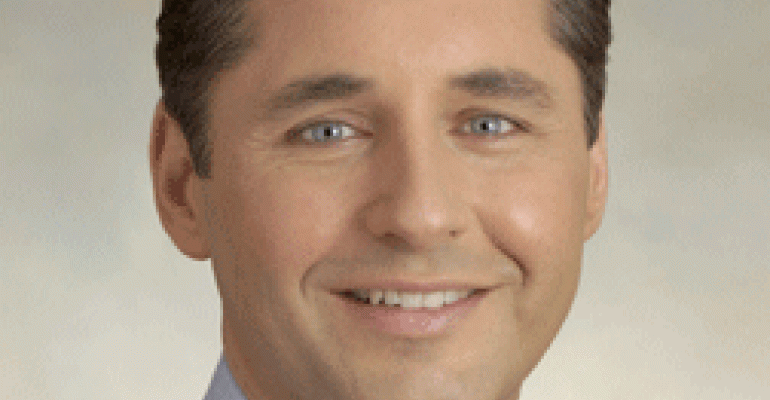
John Hussman
AGE: 47
POSITION: President, Hussman Investment Trust
LOCATION: Cincinnati
EDUCATION: B.A., Northwestern,; PhD, Stanford University.
John Hussman is gloomy. Stocks are overvalued, and the economy is bound to dip into a second recession, he says. Fearing a severe downturn, Hussman is holding cash and using other defensive measures to protect his two funds, Hussman Strategic Growth (HSGFX) and Hussman Strategic Total Return (HSTRX).
Bulls may be skeptical about Hussman's caution, but the fund manager has a track record for making dead-on calls. Hussman warned about coming recessions in October 2000 and November 2007 — and both times he was right.
Shareholders have benefited from Hussman's prescience. During the past five years Hussman Strategic Total Return has returned 8.1 percent annually, outdoing 99 percent of conservative allocation funds. Since its inception in August 2000, Hussman Strategic Growth has returned 8.2 percent annually, outpacing the S&P 500 by 9 percentage points and beating the average long-short fund by 5 percentage points. Attracted by Hussman's contrarian approach, investors have poured in lately. Assets in the two funds have grown from $784 million in 2003 to $7 billion today.
Nervous investors may prefer Strategic Total Return. The fund keeps 75 percent of its assets in cash and Treasury securities. The rest can go into a more aggressive allocation that includes stocks and foreign currencies. At the beginning of 2009, 24 percent of assets were in the aggressive choices. But since then, the aggressive stake has dropped to 10 percent.
Strategic Growth is the more daring choice. By using put and call options, the fund can go from an equity position that ranges from 0 percent to 150 percent net long. Most often in recent years, Hussman has been about 20 percent net long. Short positions enabled the fund to outpace the S&P 500 by 28 percentage points in 2008.
Hussman arrives at his views by studying a broad range of indicators, including mortgage defaults, stock valuations, and the unemployment rate. He says that mortgage defaults will increase because banks are accelerating their foreclosure programs. That will cause housing markets to sink into a double-dip decline. Washington won't be able to stop the slide because it has already “squandered trillions in an empty confidence-building exercise.”






